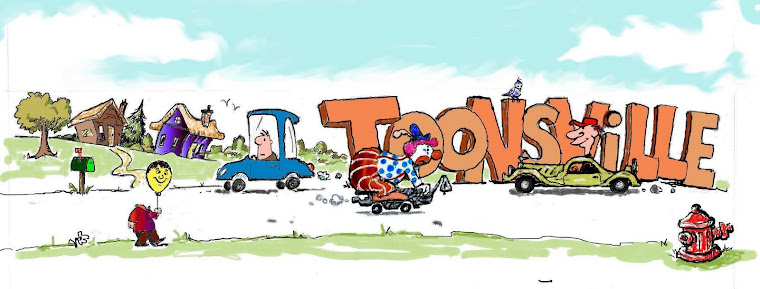.jpg) HAPPY HALLOWEEN ALL HALLOWS EVE- The night before the Feast of All Souls, was confused in Medieval custom with one of the four Druid fire festivals, All Hallows.
HAPPY HALLOWEEN ALL HALLOWS EVE- The night before the Feast of All Souls, was confused in Medieval custom with one of the four Druid fire festivals, All Hallows.In Ireland it was called Samhein. In Scotland all hearth fires in the land are extinguished then re-lit from the fire at the Druids’ sacred grove. Add to this the early Church's attempt to eradicate the pagan custom of giving food to departed spirits -(Greek Anthesterion in Feb., Roman Feralia and Lemuria in May) by moving the date to honor the dead to the Feast of All Souls on November 1st.
Many cultures have customs of putting food offerings on doorsteps so invisible spirits would give you good luck. So today's the last night for the devil and other ghosties to romp before the Holiday Season (Advent) begins. (tomsito.com)
Mad Max, the meanest cat on Earth, is now living somewhere in Texas. We'll miss you..... sort of.
Acrylic on canvas board 12"x16" $225.00 + S&H

.jpg)




.jpg)
.jpg)



.jpg)

.jpg)

.jpg)